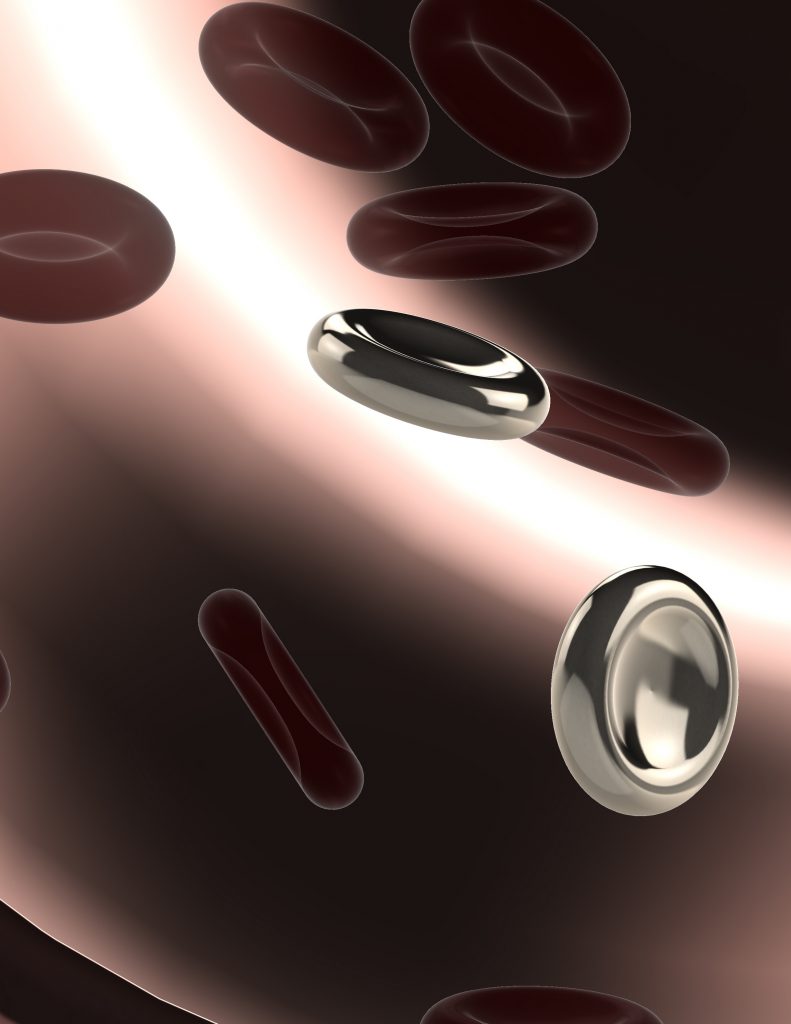Shape-Preserving Polymeric Replication of Biological Materials
A process for generating polymeric replicas of biological cells and soft tissues that retain the structure and mechanical properties of their natural counterparts

Novel and more sophisticated three-dimensional (3D) soft materials are needed to meet rising demand in flexible electronics, soft robotics, and tissue engineering. In particular, the ability to synthetically replicate complex morphologies of single cells using hard and soft materials would enable numerous areas of materials science and medicine. Though considerable attention has been aimed at synthesizing complex or non-spherical soft particles, current methods cannot yet achieve the structural complexity found in single cell and multicellular organisms. Further, micro and nano-particle scale materials present additional challenges for manufacturing precision.
Sandia researchers have developed a groundbreaking process for generating polymeric replicas of biological cells and soft tissues that retain both the structure and mechanical properties of their natural counterparts. These bio-composites and inorganic replicas are created in nanometer thick, conformal silica layers using a gel solution-based process. Removal of the biological template using high-temperature calcination produces a shape-preserved silica cell replica (SCR) with mesoporosity. This process can be used to derive a synthetic polymeric replica that retains shape, function, and tunable stiffness. Polymeric replicas can be designed to respond to environmental signals such as pH, temperature, and analyte concentration and possess controlled degradation and stealth properties in vivo.
This new process has applications in the development of universal carriers such as artificial blood cells, engineered tissues, and other functional materials derived from biological forms. It could prove useful in the development of artificial red blood cells for mitigation of trauma scenarios, therapeutic delivery and defense, and for the production of potential carriers for advanced biometrics.
- Directly translates superior biological architectures into engineering materials
- Retains qualities such as shape, tunable stiffness, and functions of biological materials
- Responsive to environmental signals such as pH, temperature, and analyte concentrations
- Controlled degradation and stealth properties in vivo
- Advanced biometrics
- Flexible electronics
- Soft robotics
- Therapeutic delivery and defense
- Tissue engineering
- Universal carriers/artificial blood
| Patent Title | Patent Number | Grant Date |
|---|---|---|
| Shape-preserving polymeric replication of biological matter | 10,947,349 | 03/16/2021 |
9/1/2020
Last Updated9/1/2020